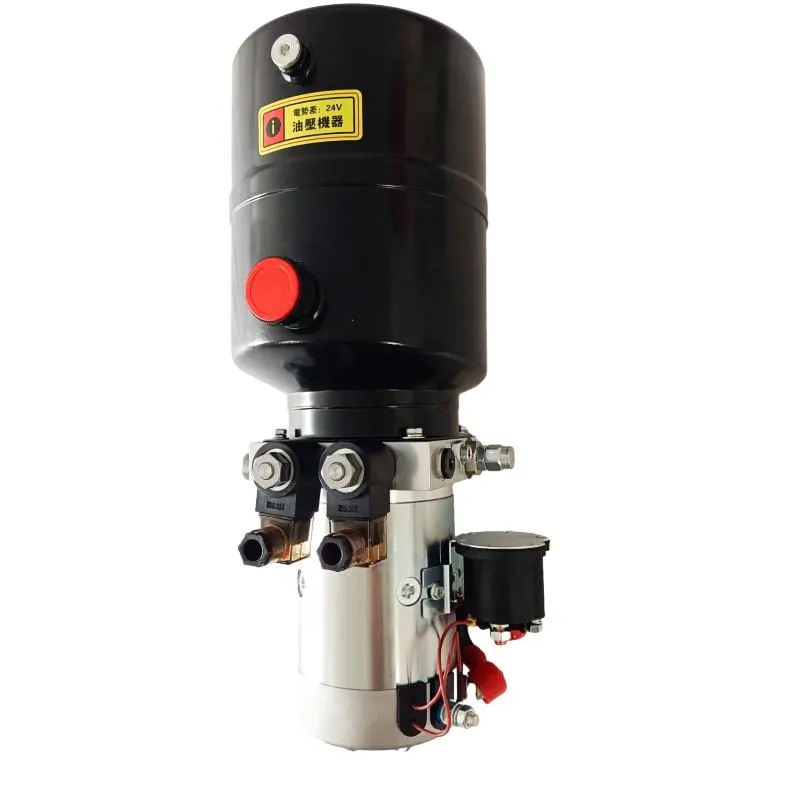Aug . 01, 2024 00:29 Back to list
Quality Manufacturing Processes for Hydraulic Cylinder Rods in the Industry Today
Exploring the Hydraulic Cylinder Rod Manufacturing Industry
Hydraulic cylinder rods are crucial components in various industrial applications, providing the necessary force and motion for numerous machinery and equipment. The manufacturing of these rods involves a complex process that ensures their quality, durability, and efficiency. This article will delve into the hydraulic cylinder rod factory's operations, the significance of these rods, and trends shaping the industry.
The Importance of Hydraulic Cylinder Rods
Hydraulic cylinders are integral to various applications, from construction and agriculture to manufacturing and automotive industries. These cylinders convert hydraulic energy into mechanical energy, allowing machines to lift, push, and pull heavy loads. The cylinder rod, often referred to as the piston rod, plays a pivotal role as it connects the piston to the moving parts of the machinery. Its robustness and precision significantly impact the overall performance and reliability of hydraulic systems.
Given their importance, manufacturers must ensure that these rods meet strict quality standards. Any deviation in size, strength, or surface finish can lead to hydraulic failure, affecting not only the equipment's performance but also the safety of the operators involved.
Manufacturing Process
The production of hydraulic cylinder rods typically involves several key steps
1. Raw Material Selection The manufacturing process begins with choosing the right steel grade, which can withstand high pressure and offer excellent tensile strength. Common materials include carbon steel and alloy steel.
2. Machining After the raw material is sourced, the steel is cut to the desired length and undergoes several machining processes. This may include turning, grinding, and polishing to achieve precise dimensions and a smooth surface finish.
3. Heat Treatment To enhance the mechanical properties and durability of the rods, they undergo heat treatment processes such as quenching and tempering. This step is crucial for achieving the desired hardness and wear resistance.
hydraulic cylinder rod factory

4. Surface Treatment The rods often receive surface treatments, such as chroming or coating, to prevent corrosion and extend their lifespan. A well-treated surface not only ensures better performance but also reduces maintenance costs.
5. Quality Control Throughout the manufacturing process, rigorous quality control checks are performed. This includes measuring dimensions, conducting tensile strength tests, and inspecting the surface finish. Compliance with industry standards, such as ISO and ASTM, is paramount to guarantee product reliability.
6. Packaging and Distribution Once the rods are manufactured and certified, they are carefully packaged to prevent damage during transportation. A strong logistics system is vital to ensure timely delivery to various clients across different sectors.
Emerging Trends in Hydraulic Cylinder Rod Manufacturing
The hydraulic cylinder rod manufacturing industry is evolving, driven by advancements in technology and changing market demands. Notable trends include
- Automation and Smart Manufacturing Factories are increasingly adopting automated processes to enhance efficiency and reduce human errors. Smart technologies, including IoT and AI, are being integrated into manufacturing processes for better monitoring and predictive maintenance.
- Sustainable Practices With the growing emphasis on environmental sustainability, manufacturers are exploring eco-friendly materials and processes. This includes using recyclable materials and reducing waste during production.
- Customized Solutions As industries demand more specialized equipment, manufacturers are offering tailored hydraulic cylinder rods to meet specific application requirements. Customization ensures that clients receive products that precisely fit their needs.
Conclusion
The hydraulic cylinder rod manufacturing industry plays a pivotal role in supporting various sectors that rely on hydraulic systems. With advancements in technology and a focus on quality and sustainability, these factories are poised to meet the evolving demands of the market. As industries continue to grow and innovate, hydraulic cylinder rods will remain essential components, powering the machinery that drives modern civilization.
-
Fork Lift Power Units - Hebei Shenghan | Efficiency, Reliability
NewsJul.13,2025
-
1.5-Ton Turbocharged Cylinder-Hebei Shenghan|Hydraulic Solution,Energy Efficiency
NewsJul.13,2025
-
Auto Hoist Power Units-Hebei Shenghan|Efficiency&Industrial Lifting
NewsJul.13,2025
-
Double Acting Power Units-Hebei Shenghan|Hydraulic Solutions,Industrial Efficiency
NewsJul.13,2025
-
1.5 Ton Lifting Cylinder 70/82-40-290-535 - High-Performance Hydraulic Solution | Hebei Shenghan
NewsJul.13,2025
-
Fork Lift Power Units - Hebei Shenghan | Efficiency&Reliability
NewsJul.13,2025
